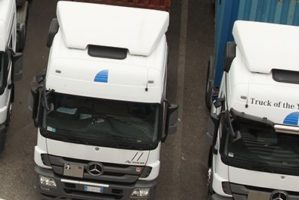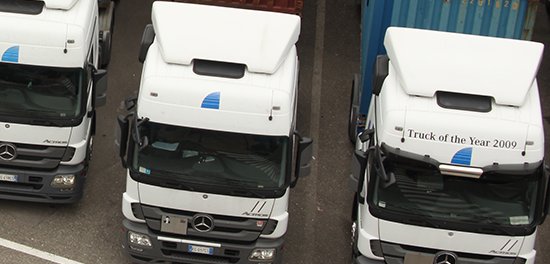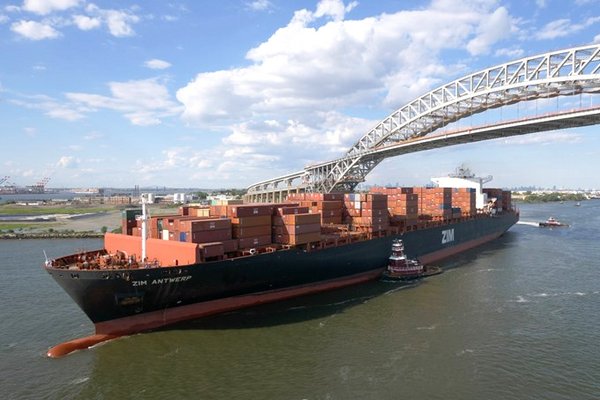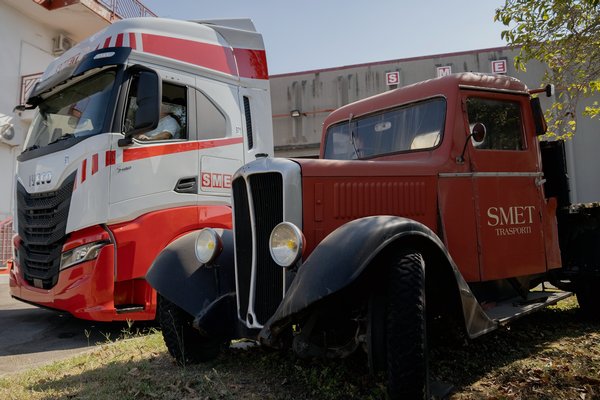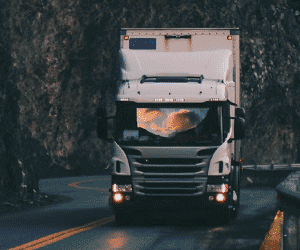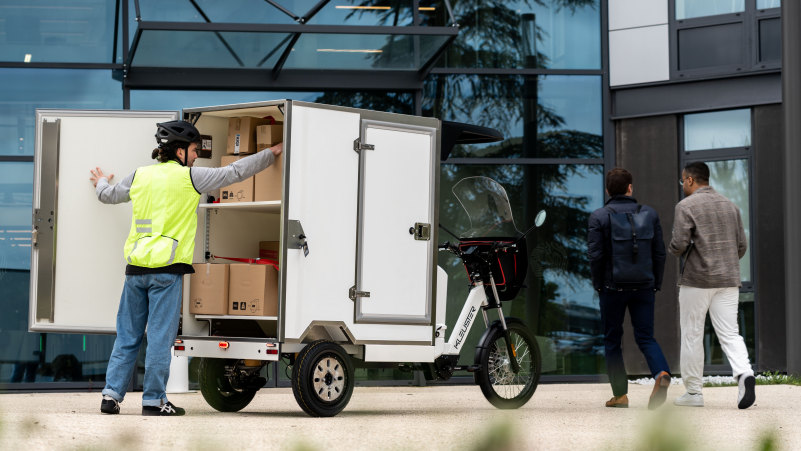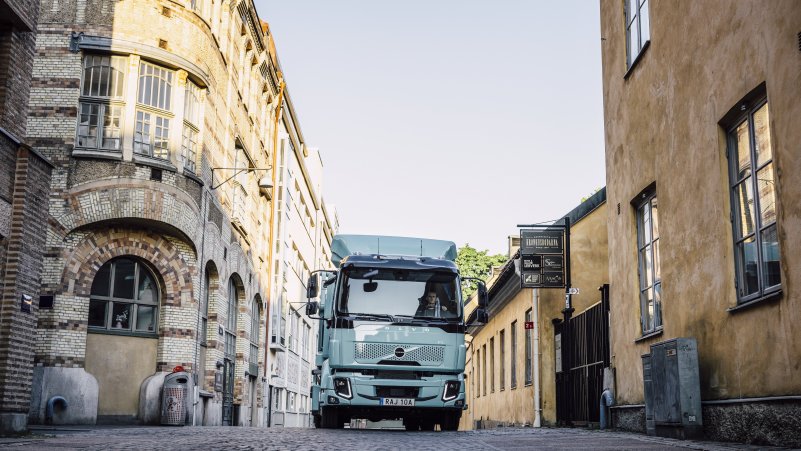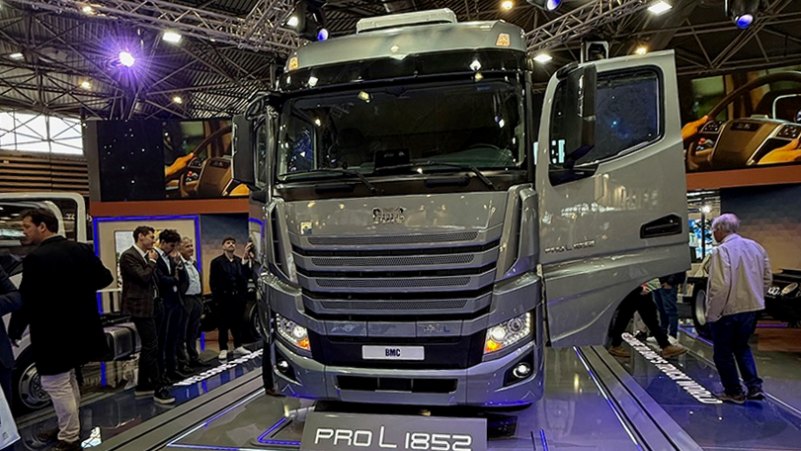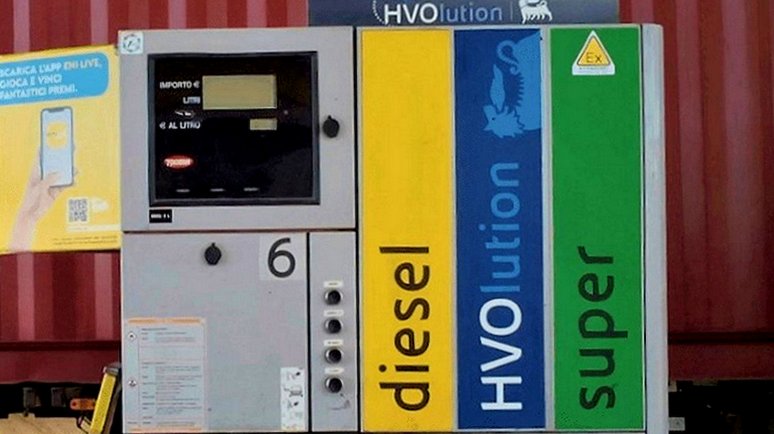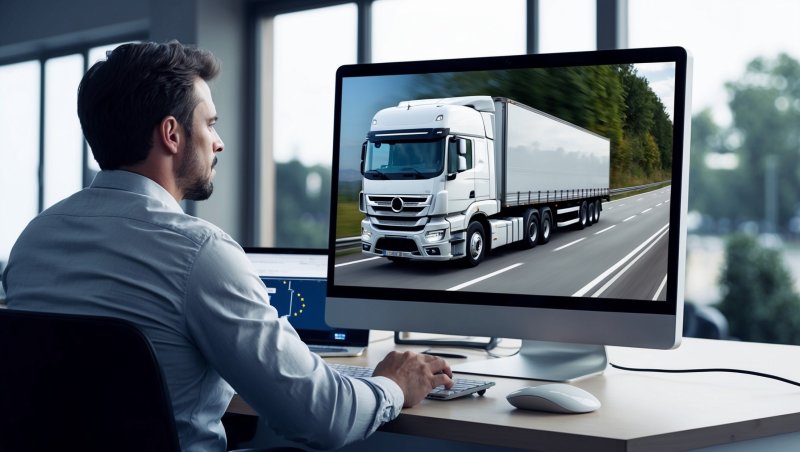On 31 March 2025, Amazon announced the restart of its MK30 drone delivery service, which had been temporarily suspended in previous months to carry out a series of technical upgrades. The service, operating in the suburbs of Phoenix, Arizona, and in College Station, Texas, allowed the e-commerce giant to test the new generation of delivery drones under real-life conditions, providing valuable data on the interaction between technology and the real-world environment. News of the resumed flights confirms Amazon's commitment to automated aerial delivery as an integral part of its logistics network. The company emphasised that the Federal Aviation Administration's approval demonstrates it has passed a crucial safety test.
The Prime Air drone delivery project is progressing within a regulatory framework that is still evolving. Unlike traditional air transport, drones do not yet benefit from well-established procedures. For this reason, Amazon explained it had chosen a cautious approach, voluntarily suspending operations to further improve the system before continuing deliveries. The decision followed several operational observations, such as the detection of fine dust in Arizona's dry air, which in extremely rare cases may interfere with altitude sensors. The company stated that no safety incidents were recorded, but programme managers reiterated that safety is, and will always remain, the top priority.
The development of the MK30 drone has undergone a rigorous verification process, which saw the aircraft complete 5,166 test flights, totalling 908 hours in the air. These tests included simulations of system failures, environmental interference, and unexpected obstacles. Scenarios included toys pulled on strings to mimic moving obstacles, tests with helicopters launched towards the drone to assess detection and evasive manoeuvring capabilities, and the creation of 3D terrain models for autonomous flight planning. Every conceivable scenario was explored, from sudden engine failure to onboard computer malfunctions requiring a switch to backup systems, as well as tests on how the drone responds to objects or people in the landing area.
To compensate for the lack of historical guidelines in the drone industry, Amazon drew from sectors with greater experience, such as civil aviation, the automotive industry and even military standards. Among the technical benchmarks used was ARP4761, a standard typically applied to aircraft, which was adapted to suit the scale and features of a delivery drone. Amazon’s stated goal is to exceed regulatory requirements, not merely meet them. As Phil Hornstein, Prime Air’s head of system safety, explained, the company aims to establish and uphold a safety threshold that goes beyond what regulators demand.











